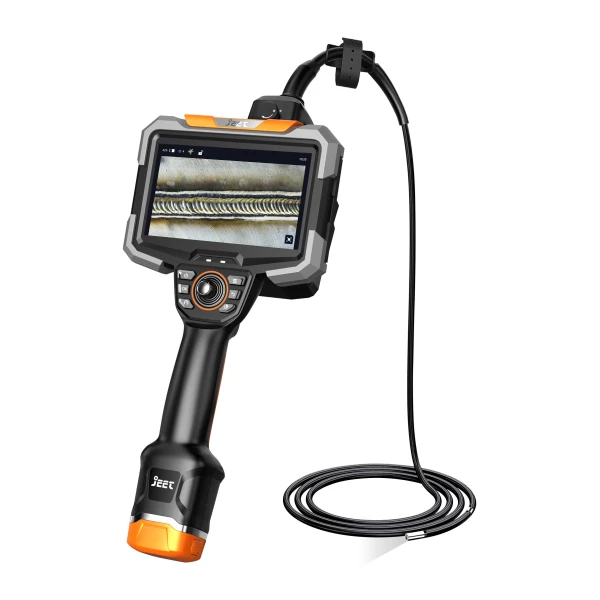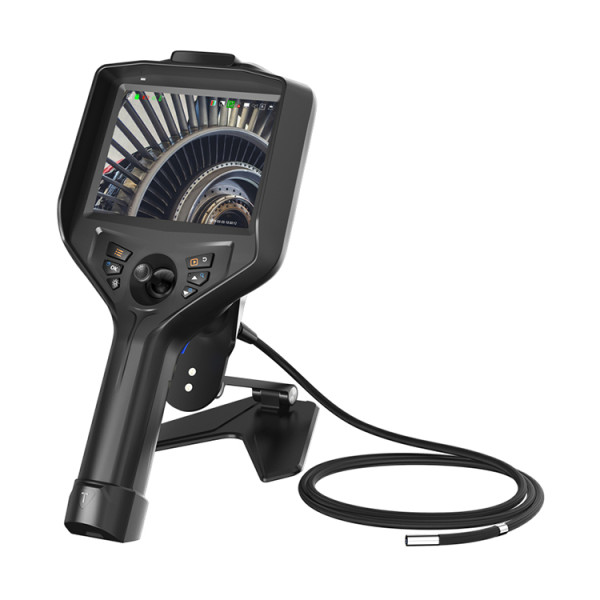Aviation Borescopes
What is an Aviation Borescope?
An aviation borescope is a specialized inspection tool used in the aerospace industry to visually examine and assess the internal components of aircraft engines and other critical aviation systems. It is a slender, flexible, and often fiber-optic instrument that allows for non-destructive inspection of hard-to-reach areas within an aircraft's machinery
How does an aviation borescope work?
Aviation borescopes feature a small camera at the tip, which is inserted into the inspection area. This camera transmits real-time video or images back to a monitor or screen for the inspector to view. The borescope can be manipulated to navigate through complex structures, such as engine turbines or pipelines, providing a detailed view of components that would be otherwise inaccessible.
Types of Aviation Borescopes
There are different types of borescopes used for aviation inspections.
- Rigid Borescopes have a straight insertion tube and are used for inspecting short, straight passages like fuel lines and combustion chambers.
- Semi-rigid Borescopes have a slightly flexible insertion tube and can be used for inspecting passages with slight curves, such as compressor blades and turbine vanes.
- Flexible Borescopes are highly flexible and can be bent into almost any shape. They are used for inspecting complex passages like fuel lines and electrical harnesses.
- Video Borescopes are equipped with a high-resolution camera that transmits live video to a monitor, allowing inspectors to see inside the target area in real-time. Video borescopes are the most commonly used type of borescope in aviation inspection today.
Applications of Aviation Borescopes
- Aircraft engine inspection
- Airframe inspection
- Component inspection
- FOD inspection





